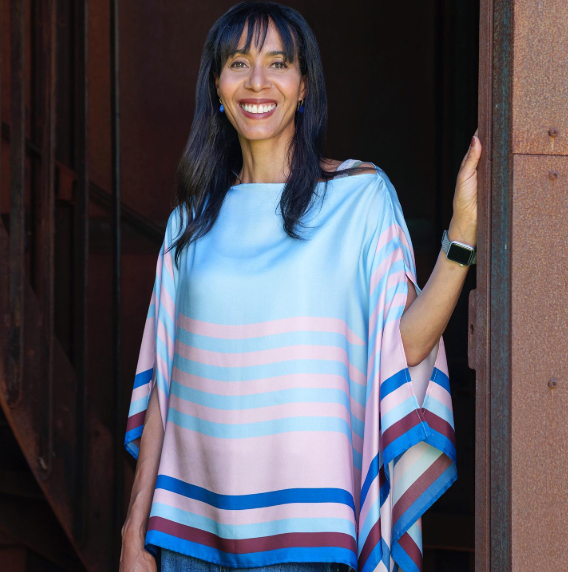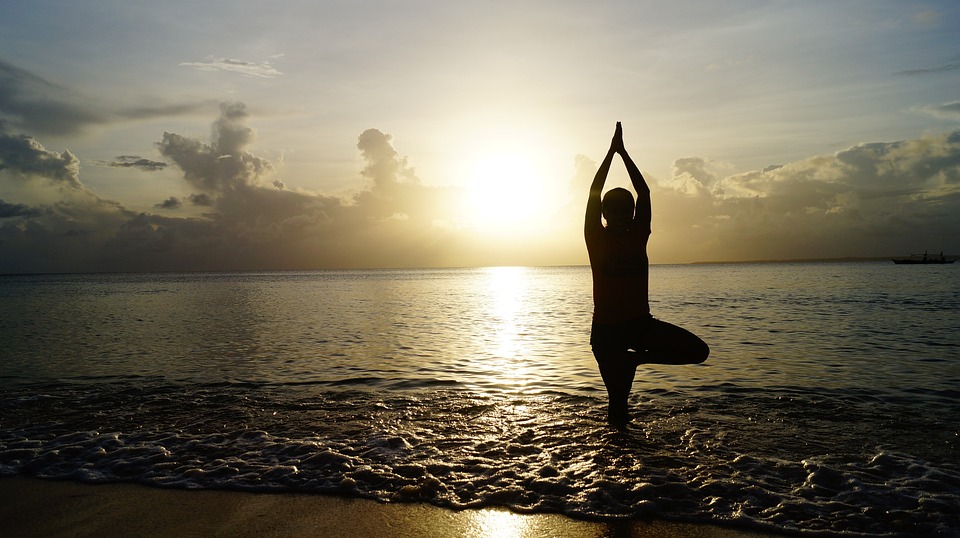Michelle Ogundehin Weight Loss – What’s Real and What’s Useful
Why People Ask
Michelle Ogundehin is best known for design – editor, author, TV judge on Interior Design Masters. Lately, search suggests a different interest: her weight. You want a straight answer. Here it is – there’s no verified “big drop” story with dates and numbers. What is public is her long-standing focus on wellbeing, routine and a home that supports health. That’s the sensible headline, even if it’s less dramatic than a before–after reel.

What’s Verified – and What Isn’t
I can’t point you to an interview where Michelle lists kilos lost or a crash plan. It doesn’t exist in credible sources. What we do have: her writing on health-centred living, a book about the home as a foundation for wellbeing, and recent posts outlining simple “longevity” pillars. She has also talked about studying nutrition, which fits the picture of a methodical, lifestyle-first approach. Honestly, that’s more useful than a scale figure.
How She Talks about Health
Michelle ties everyday habits to how you feel in your space. She’s said your environment can help or hinder the basics – eating well, sleeping, moving. Tidy rooms won’t burn calories, but they do remove friction. Good design becomes a behaviour cue. That’s practical, not mystical.
In a 2020 interview she sketched her routine: aim for 30 minutes of exercise, 10,000 steps, stand up hourly, and 10 minutes of meditation. Weekdays vegetarian. Home-made meals. No caffeine. Devices off by 9.30pm. That’s not a fad. It’s structure. Possibly the most underrated tool in weight control.

The Pillars She Emphasises
On her Substack, Michelle frames longevity around five basics: nutrition, exercise, sleep, stress management and, where appropriate, supplements or prescribed medicines. Familiar? Yes. Effective? Also yes – when done consistently.
Distilled takeaways you can copy:
- Make the home remove friction – clear counters, set spaces for cooking and movement.
- Protect sleep and routine – screens down, same wake time, wind-down rituals.
- Move daily – short sessions add up; walking is still king.
- Eat with intent – mostly whole foods, regular meals, fewer liquid calories.
Does Any of This Mean “Weight Loss”?
It can. Not because of a magic trick, but because these habits make a calorie deficit livable. UK guidance is clear: steady loss comes from sustained energy balance, not single “superfoods”. The free NHS 12-week plan is a good scaffold if you want structure without noise. Pair it with the UK activity guidelines – 150 minutes a week of moderate work, plus two strength sessions. Keep the bar low enough that you can step over it daily.
If you want a starting checklist:
- Download the NHS plan and set a small weekly target.
- Hit 150 minutes across the week – brisk walks count.
- Lift twice – short, simple, full-body sessions.
- Track weekly averages, not daily swings. Water lies; trends don’t.
The Design Link That People Miss
Michelle’s core idea is that home is a health tool. A chaotic kitchen fights your meals. A dark bedroom fights your sleep. A cramped living space fights movement. In her book “Happy Inside”, the thread is constant – design your space to nudge better choices. That won’t replace nutrition. It will make nutrition plausible on a Wednesday when you’re tired. Possibly the only day that matters.
My Take – Blunt, but Fair
If you came for a headline number, you’ll leave empty-handed. There’s no credible record of a dramatic “Michelle Ogundehin weight loss” programme. What you do have is a public figure who models boring, durable habits. She treats the home as a tool, keeps movement regular, eats with intent, and protects sleep. Honest truth – that’s the playbook that works.
Will you see the scale slide doing the same? Maybe not at first. Bodies are noisy. But if your environment supports your plan and your plan is simple enough to repeat, change happens. It just won’t announce itself with fireworks.
If You Want to Borrow Her Approach
Here’s a minimal, keepable routine inspired by what Michelle shares – adapted to weight goals:
- Morning anchor – same wake time, light exposure, a short walk or stretch.
- Kitchen cue – clear worktop, plan one home-made meal today.
- Movement floor – 30 minutes activity or 8–10k steps; stand hourly.
- Evening wind-down – devices off by 9.30pm, prep tomorrow’s breakfast.
Final Word
Michelle Ogundehin’s public trail isn’t a weight-loss confession. It’s a blueprint for living on purpose. If you want change, build the scaffolding first – your space, your routine, your sleep. Then let the numbers follow. It’s slower than a headline and kinder than a sprint. And, honestly, it’s the only route most of us can live with.
